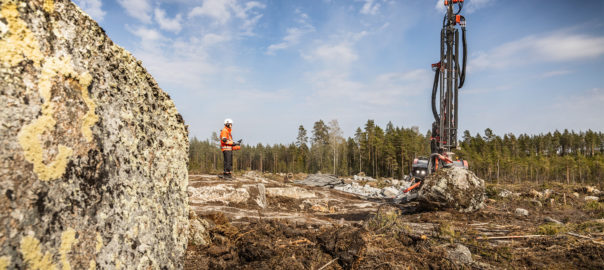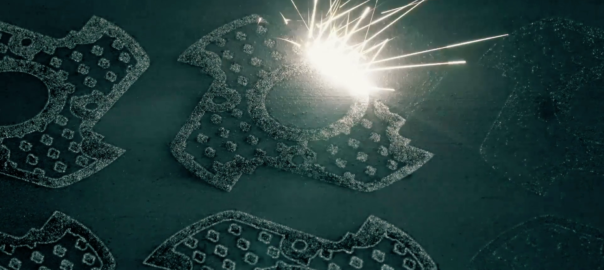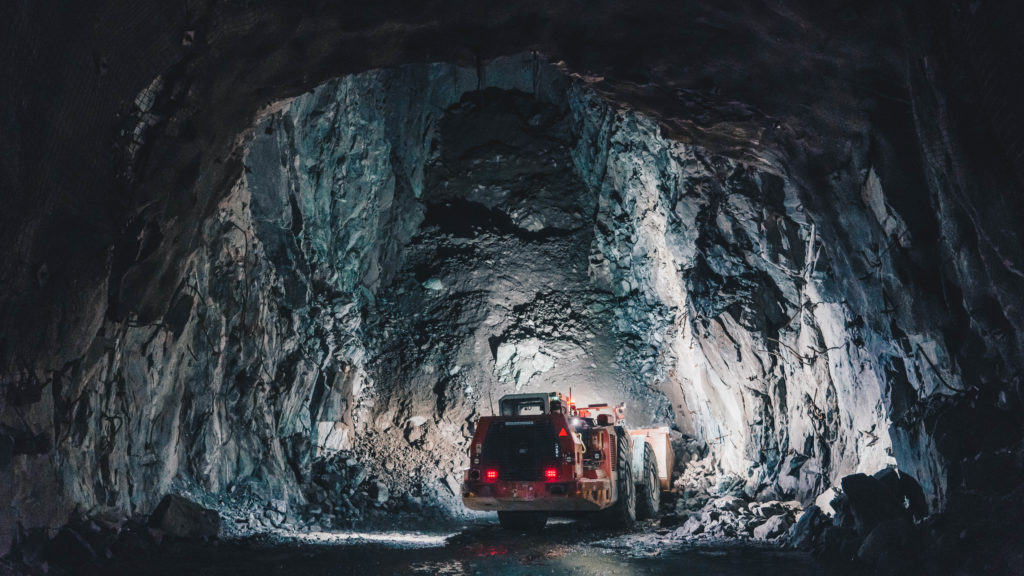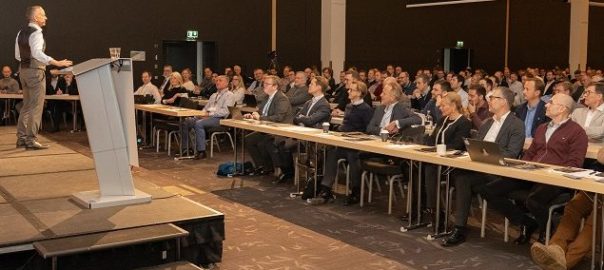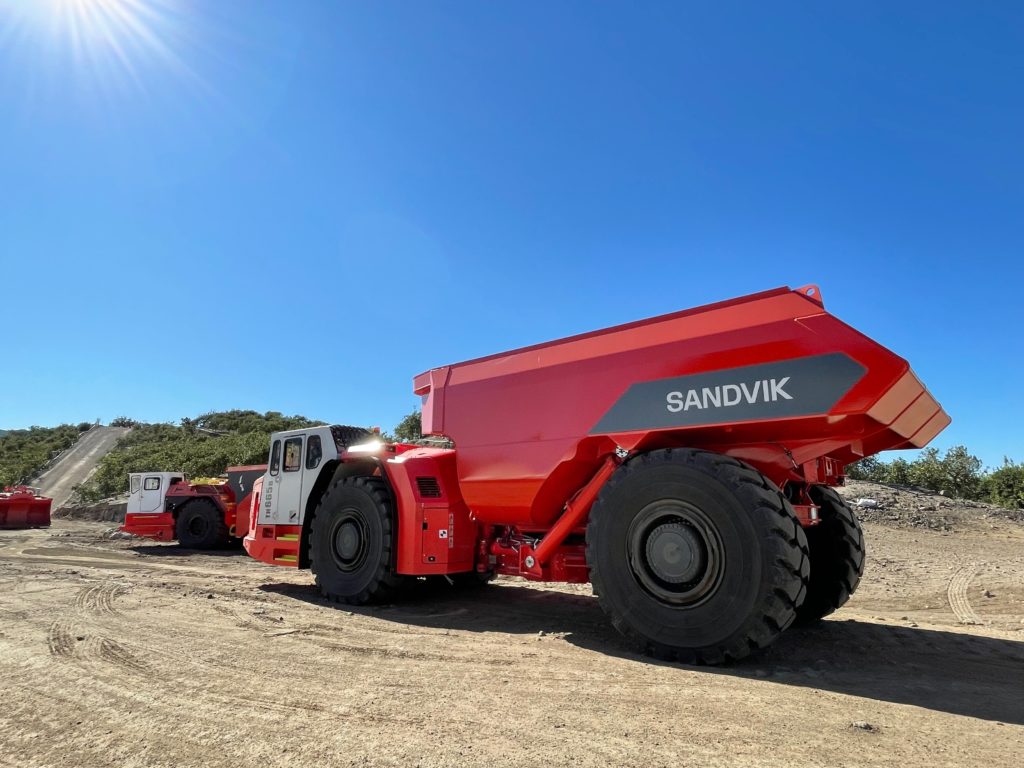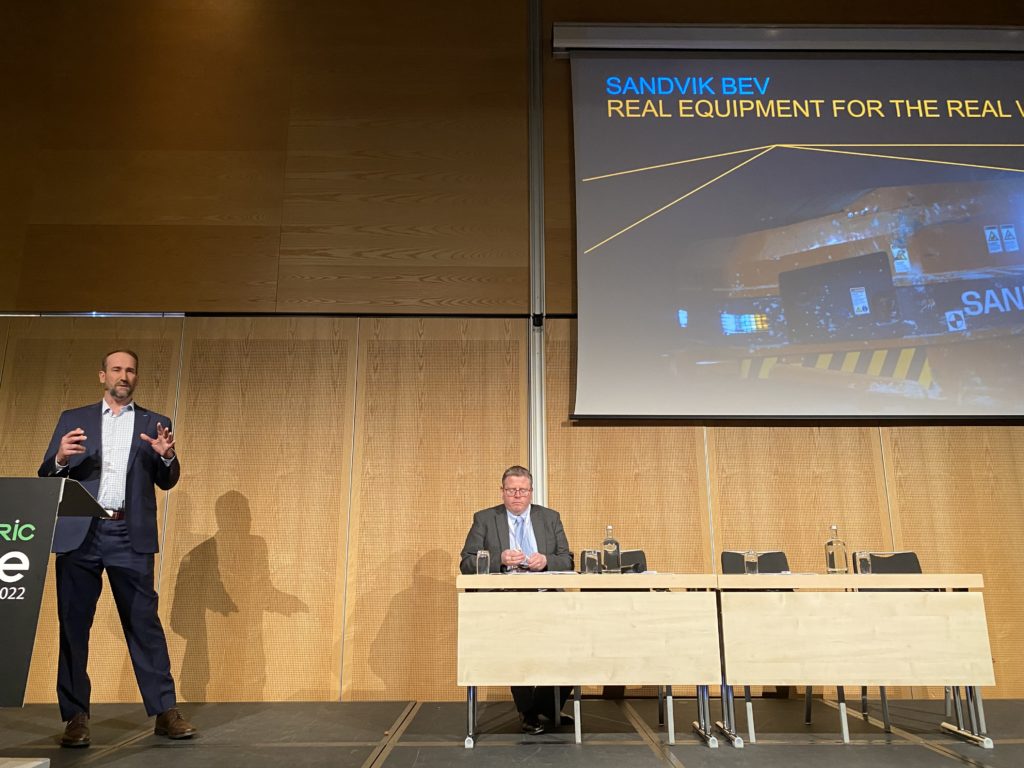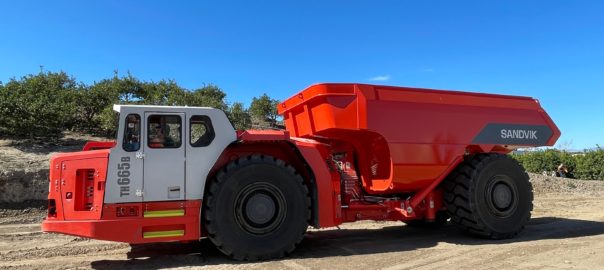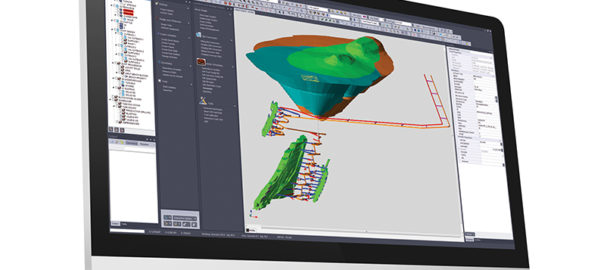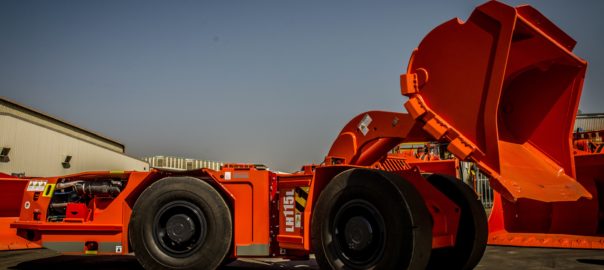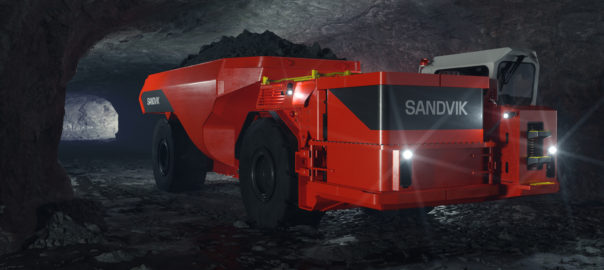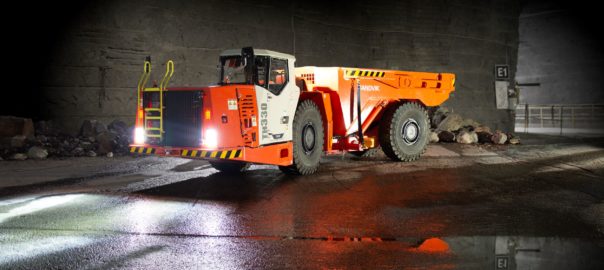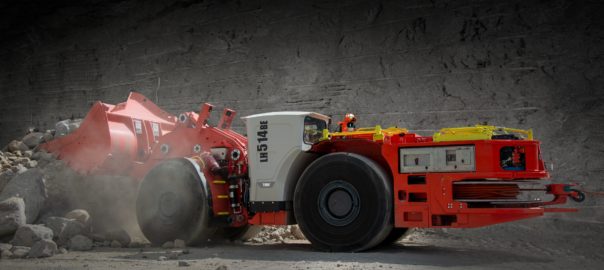Sandvik Mining and Rock Solutions says it is bringing a ground-breaking electric concept drill rig for surface drilling to the Vei og Anlegg 2022 exhibition, with the potential for this solution to impact larger, mining-related drilling operations in the future.
Taking place on May 11–14, 2022, Vei og Anlegg is one of Scandinavia’s largest construction trade shows.
The new concept rig demonstrates some of the advanced technologies that will be introduced on future series drill rigs to support more sustainable and energy-efficient surface drilling, particularly in urban construction applications, it said.
The concept drill rig is essentially a versatile R&D platform for demonstrating the most advanced, but nevertheless proven and validated, sustainability technologies that are already in use or coming soon on underground drill rigs and loaders. The innovation lies in transferring these technological advantages into the surface drilling world for the first time to meet the latest demands from the industry, Sandvik says. The concept drill rig brings the new solutions together on an actual machine that you can get up close to – a “hands on” starting point for discussions on the customer’s real-life needs and the technological possibilities for addressing them with tomorrow’s products.
Builders and contractors are increasingly faced with specific, often quantified, sustainability targets: for example, electrification of power supply, energy efficiency targets and exhaust/noise restrictions. Sandvik says it wants to lead the way with the concept drill rig, demonstrating effective sustainability solutions that are designed to meet these challenges. The technologies demonstrated on the rig include electrified power supply and a range of emission reduction technologies, with the overall aim of energy efficiency and emission control (noise, particulates and CO2).
The compact Commando™ DC300Ri top hammer drill rig was selected as the platform for the concept drill rig, thanks to its popularity in urban surface drilling applications (for example, road/railroad construction and foundation drilling). It is however possible that product development projects based on the concept rig may lead to different, possibly larger, drill rigs. The concept rig also has the possibility of operating on direct electric power or battery power, as well as hybrid power supply using a small diesel generator. All of these energy sources are available and can be trialed on the concept drill rig, depending on the customer’s actual needs. The rock drill is also equipped with an effective noise guard.
“We could make the selections ourselves, for example the choice between a direct electric power supply and a battery-driven system, but we want to do it together with our customers,” Lauri Laihanen, Vice President, R&D and Product Management, Surface Drilling Division at Sandvik, said. “We want to have a dialogue, to ensure we really understand the customer’s actual needs and are tackling the right problems together. It’s about customer orientation, rather than technology orientation. Technology for us is only a tool to meet the customer’s needs. With this concept drill rig, the primary role of technology is to support a zero emissions approach at the customer’s operations, which of course aligns perfectly with Sandvik’s own sustainability goals.”
Alongside the market-oriented goals, the concept drill rig will also help Sandvik to achieve its own ambitious sustainability goals, including its aim to halve the carbon footprint of the group’s operations by 2030.
The conversation on the future of sustainable surface drilling is now underway and the next chance to see the concept drill rig, following Vei og Anlegg, will be in Tampere, Finland, at Sandvik Mining and Rock Solutions’ Customer Days 2022 in September.







